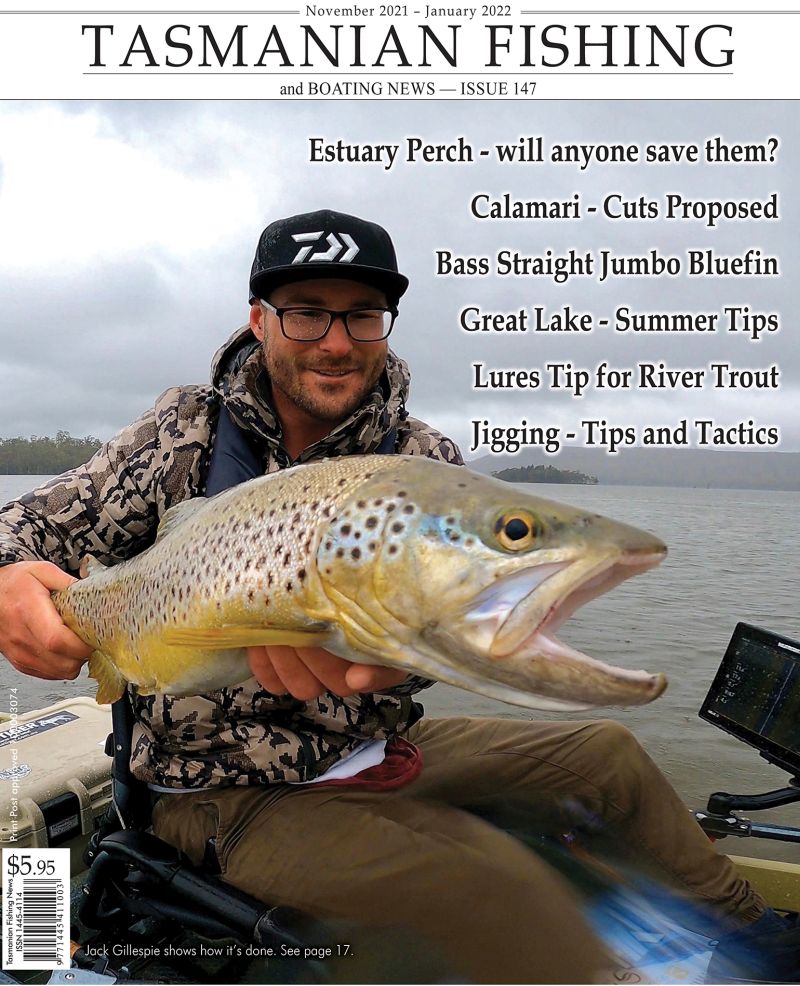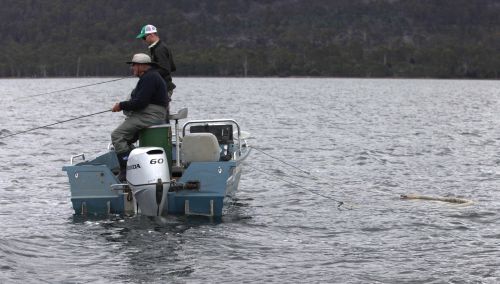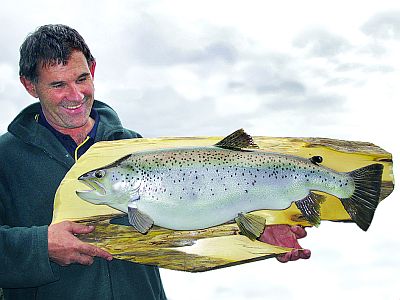 Fish Taxidermy
Fish Taxidermy
Leroy Tirant
Once in a lifetime an angler may be lucky enough to catch a trophy fish, if you’re even luckier you may get more than one. When you catch this fish your faced with the question of what to do with it. In today’s age of catch and release many anglers would choose to release a big fish but there’s nothing wrong with having the fish mounted for your wall.
If you’ve made the decision to keep the fish there’s an important process you should follow to ensure you get the best mount from your taxidermist and if their job is made easier the quality of the mount should end up with the fi sh looking as real as the day it was caught.
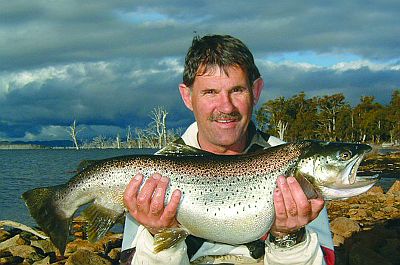
When you have the fish safely in the boat the first thing to do is to take plenty of pictures with and without the flash. The idea is to highlight the colors and markings on the fish before the color change happens when the fish dies. Be sure to have good light if possible with no shadows showing. The next step is very important DO NOT GUT THE FISH. So many anglers in their excitement gut the fish without thinking and for a taxidermist this makes their task so much more difficult. Try to keep the fish flat and moist so the skin doesn’t dry out too much before you get home. Wrap a wet towel around it if possible and don’t damage the fi ns. Once your home there’s a couple of things you want to do before putting the fi sh in the freezer. Firstly and especially if the fish is going to be skin mounted cover it in Vaseline. You need to do this because you then need to lay the fish on a flat board with the side you want shown in the mount facing up. Next, wrap the fish onto the board using glad wrap. This will keep the fish nice and straight and flat but be sure not to squash any fins. The Vaseline stops the glad wrap sticking to the skin. The fish should now be protected and secure and can be put in the freezer until you can get it to a taxidermist. Even if the fish is to be fiberglass molded this process wont hurt. John Lyons caught a monster brown trout from Arthurs not long ago and we followed process of mounting to show you the angler how it ends up in the fi nished mount. John took the fish to a new comer in the taxidermy scene because of my recommendation. John Wilesmith of Sheffield in a short time has become one of the best in the business I’ve seen do skin mounts and with some taxidermists costs going through the roof the quality of his mounts are cheap when you compare what it costs to have John mount a fish compared to other taxidermists. The first thing John does is take a mould of the fish for the body and head. As shown in the picture he then skins the fish to tan the skin.
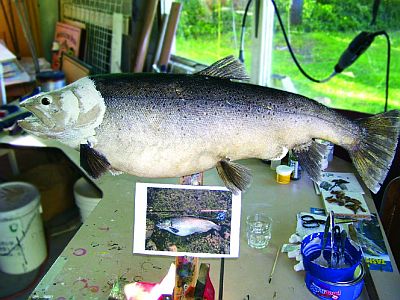
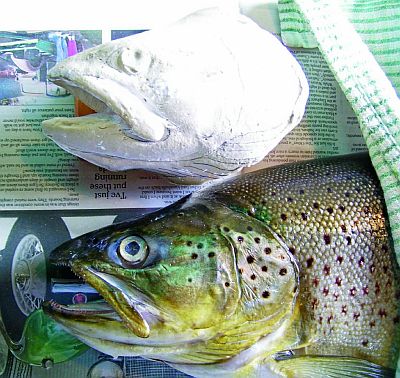
The head mould is then fitted to the body and he begins sanding the form to ensure a good skin fi t and to match the dimensions of the original fish.
The skin is then glued to the mould and set for drying and the glass eyes are fitted and fins set to position.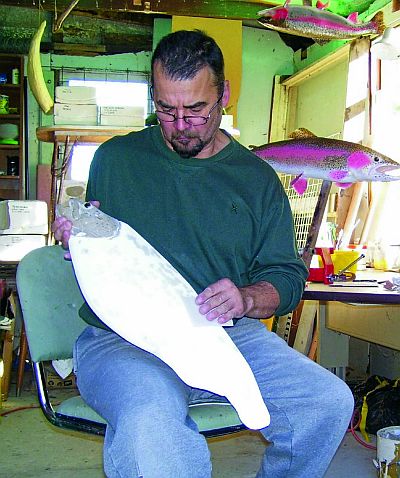
Once dry John uses original pictures of the fish to airbrush the colors back in as the dry tanned skin doesn’t have the lustre and shine of the fi sh when it was first caught. Once painted the fi sh can be mounted to a board or piece of drift wood ready for delivery.
Leroy Tirant

